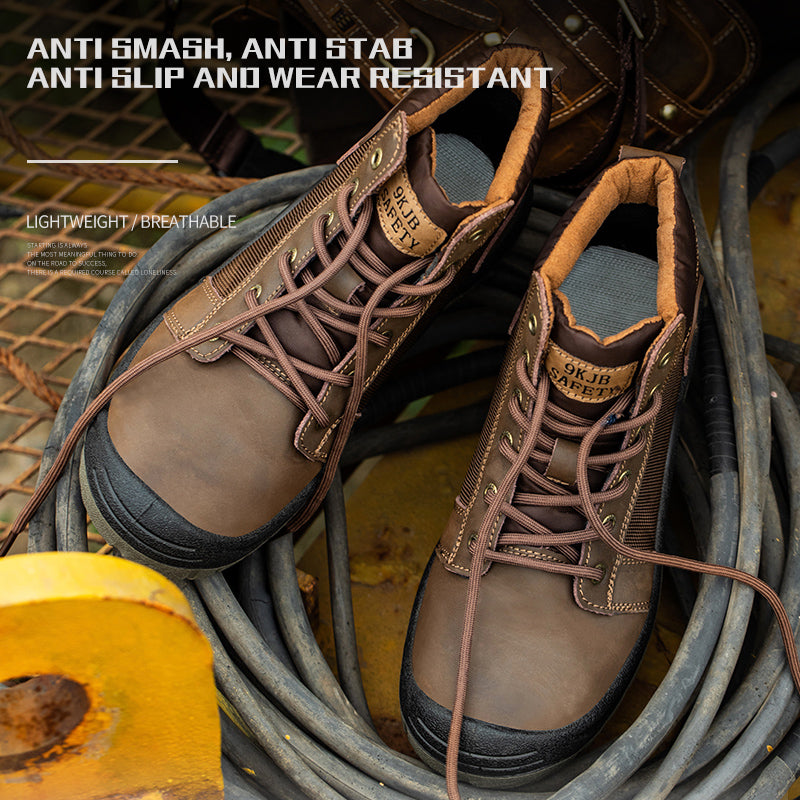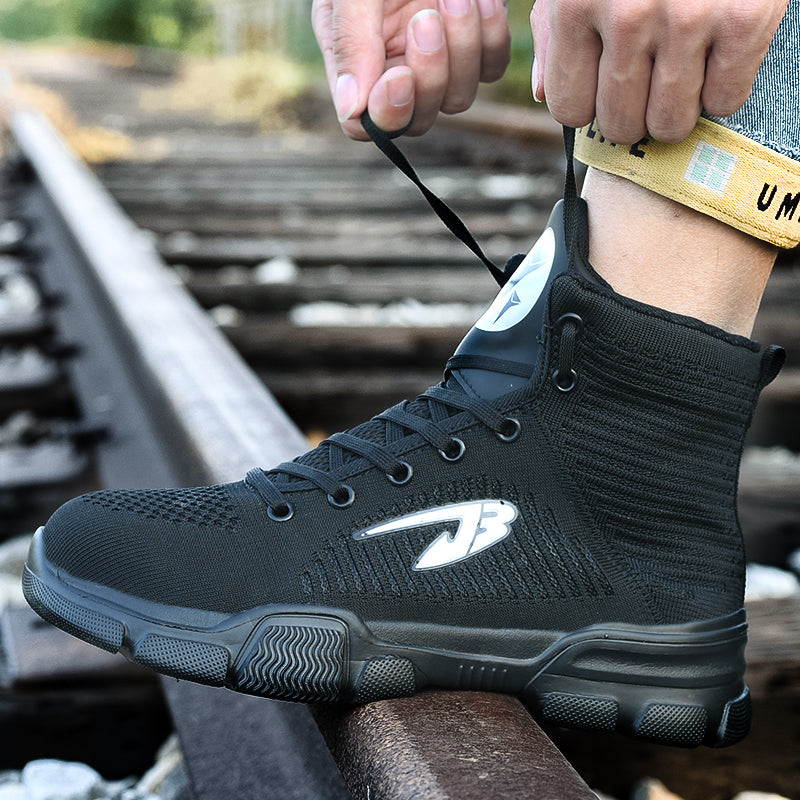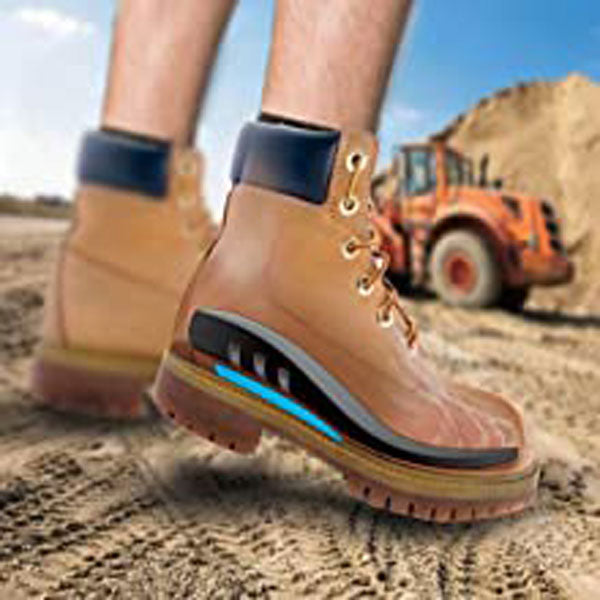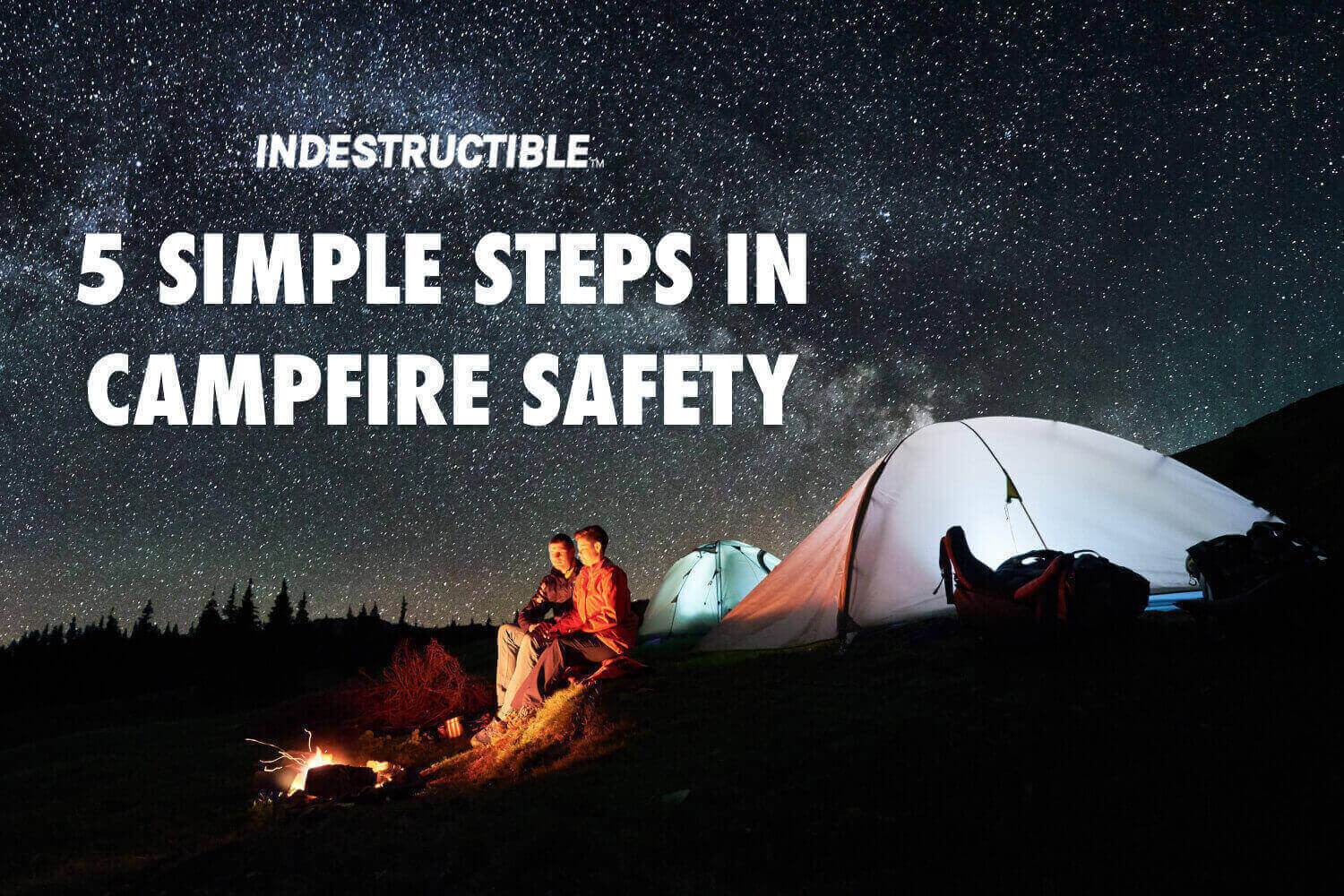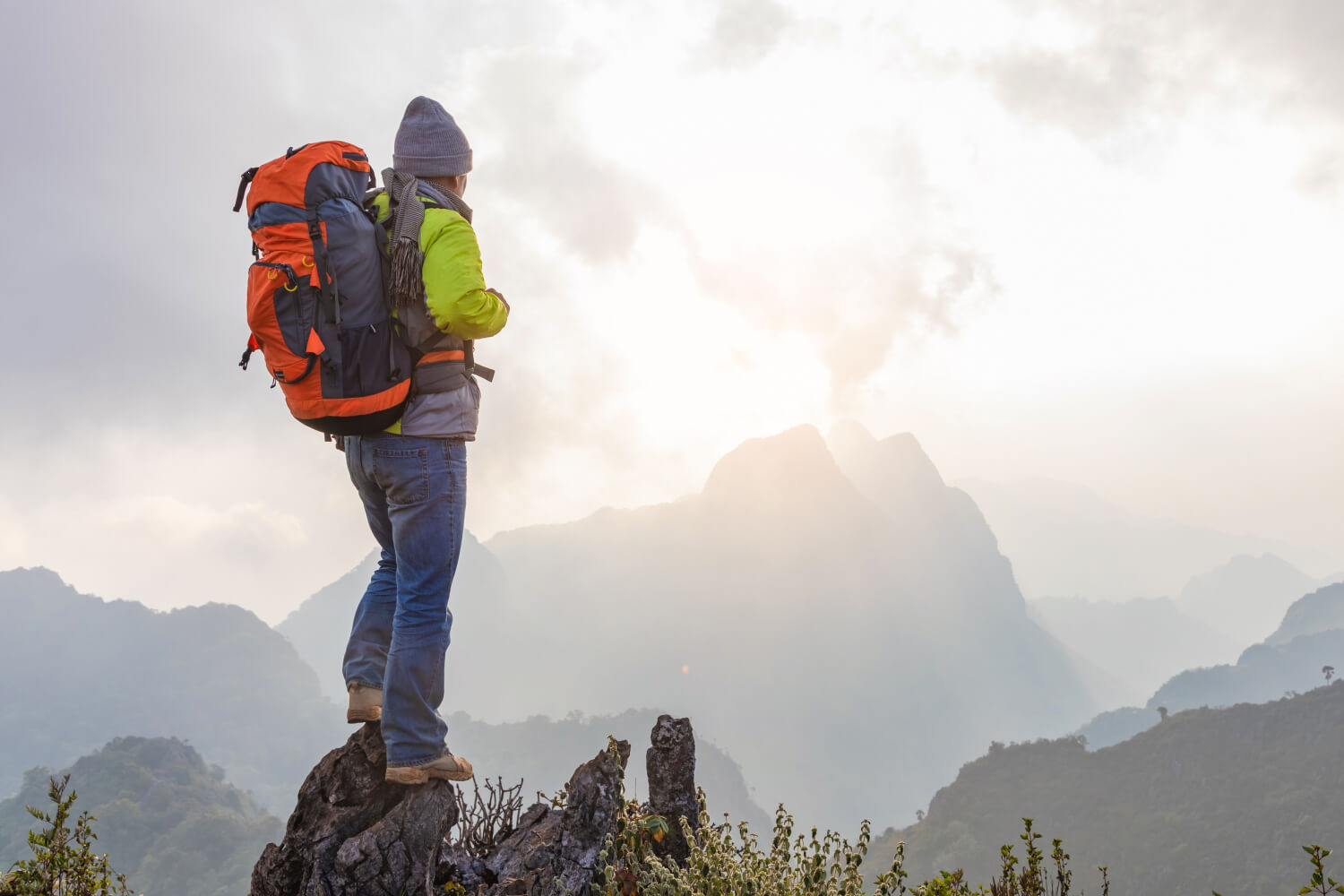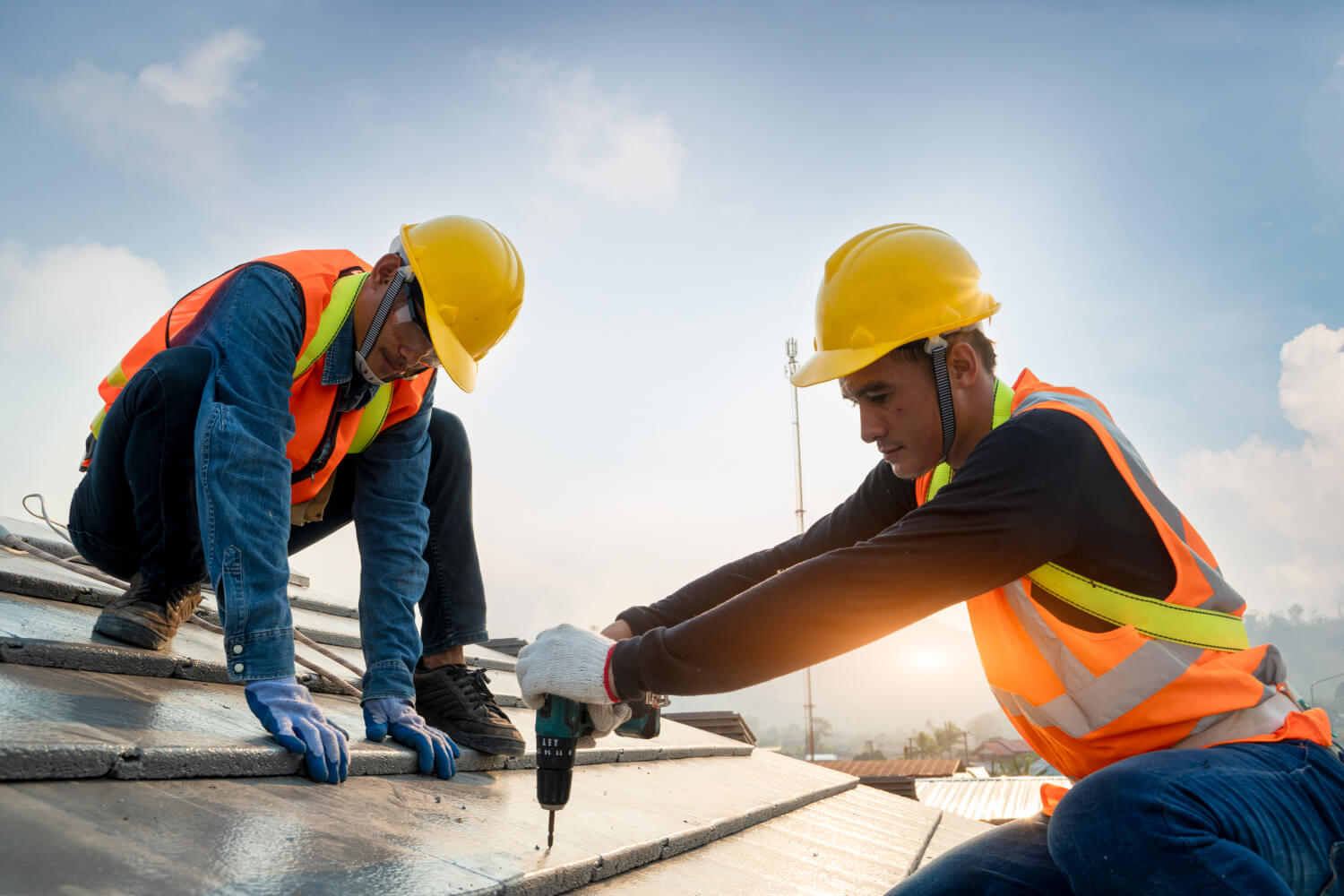Be Safe So You Can Enjoy Nature Next Year Too
One of the best things about camping out is the campfire. It's where family and friends gather from morning to night. From campfire coffee in the morning to smores with the kids at night, our fondest camping memories involve that burning wood.
Our world has been burning with one of the worse wildfires seasons ever seen, and campfire safety is more important than ever. Before you head out to enjoy nature, make sure to check the fire regulations for your camping area.
Be aware that fire rules change based on weather and other risk factors. Don't assume they're the same as the previous year. Watch the posted signs and check the ranger's station for current updates to the fire regulations.
While you pack your vehicle for the trip, make sure you toss in a bucket and shovel as part of your camping essentials. Adding some garden shears for cutting low-hanging branches into the bag may be helpful too.
Plan on using the local firewood, and don't pack your own. By using your own firewood, you may easily inadvertently introduce tree-killing insects and diseases that live on firewood. Pick up your firewood as close to the camping location as possible.
We've put together five safety steps to help you ensure you help protect the places you love to visit year after year. These are great lessons to teach to the next generation and create happy camping memories.

Your Campfire Safety Routine
Step 1: Picking Your Campfire Spot
If you're using a designated campground, you likely have a fire pit or fire ring provided already. This is the only area you should build a fire.
If you're camping in a remote area, choose the area for your fire pit carefully. You want to make sure there are no hazards to catch fire.
- At least 15 feet away from tent walls, shrubs, trees, and other objects.
- No overhanging branches.
- No power lines close to the campfire pit.
- No logs, brush, or decaying leaves around the pit area.
- Choose a location that has windbreaks to protect it.
Step 2: Prepare The Perimeter
Before you start that campfire for the first time, do a safety patrol and clean up around the area.
If you're using a provided pit, clean up any debris left behind by the previous campers. Make sure all the stones or foundations of the pit are in place. If there's no metal ring for the pit, circle it with rocks to help keep the fire inside the pit.
If you're camping in a remote area, dig your fire pit one foot deep and circle the pit with rocks. Make sure everything is clean inside the pit and around it before gathering your wood.
The "campfire perimeter" is the area 10-15 feet around your campfire. Make sure there are no flammables within that area before you build that campfire. This includes aerosol cans, pressurized containers, flammable liquids, dry leaves/mulch, twigs, firewood, and anything else that can easily catch fire.
Step 3: Expect the unexpected.
Fill your bucket with water and have it close to the pit, and have your shovel with it so that both are easy to reach should you need to control the fire. Make sure your stack of wood to pull from is upwind and far enough away not to be ignited by a wayward spark.
It also helps to keep a few feet of the ground around your fire pit watered down. This will help make sure that stray embers and flames don't gain traction to burn.
It only takes a slight breeze to allow a campfire to escape and cause serious damage. Winds are known to come in quickly and can take you by surprise.
Teach the kids about fire safety and don't allow them to run around the campfire. Teach them how to stop, drop, and roll if their clothes ever catch fire.
Don't let pets around the campfire unless they're secured on someone's lap. One unexpected swipe of the leash or a tail wag in the wrong place could result in a serious fire situation.

Step 4: Always make sure the campfire is maintained.
From the point you start the fire, maintain everything at every moment. Make sure the match you use to start the fire is completely exhausted or tossed in the middle of the fire itself, so it does not ignite anything else.
A fire is NEVER to be left unattended.
Always keep an eye out for any changes in wind velocity or direction.
Always keep the fire under control and small. Use splashes of water to help control it.
Always keep an eye on pets and children, who are likely to make unexpected movements during play or outbursts at any moment.
Likewise, always keep an eye out for adults unsteady on their feet due to health, structural reasons, tiredness, or drunken revelry.
If you leave, such as going fishing or on a hike, ALWAYS completely extinguish the fire.
Step 5: Follow the rule "Extinguish at Bedtime"
Television shows often condition us to think it's good to keep the fire going all night and use the warmth when the truth is that you should extinguish it when it's time for bed.
If you cannot keep your eyes on the fire, the fire should be extinguished.
Pour lots of water on your fire to drown all the embers, not just the red ones. Keep pouring until the hissing stop.
Alternately, you can use your shovel to bury the fire and extinguish it that way.
Use your shovel to make sure no embers are exposed and still smoldering.
The fire regulations and safety tips may seem like a lot of rules to deal with, especially when we consider ourselves responsible adults who know what's best. But with just a little attention to your campfire safety routine, you can help make sure our beautiful forests, wildlands, and homes are there to experience for years to come.

